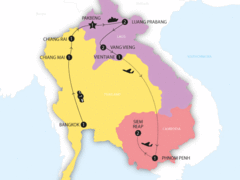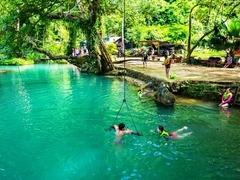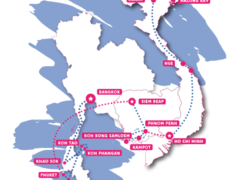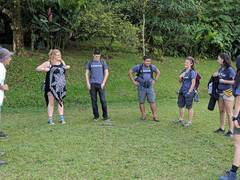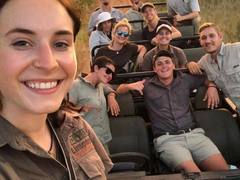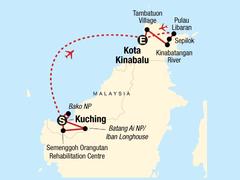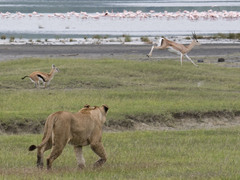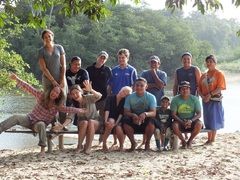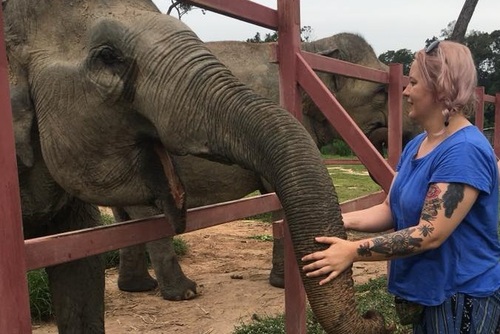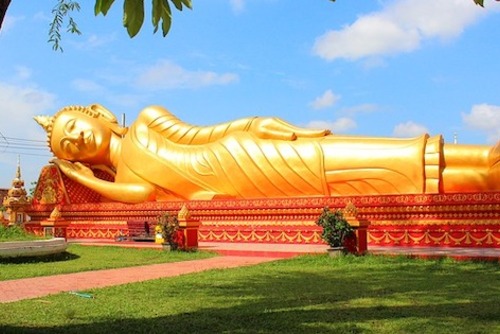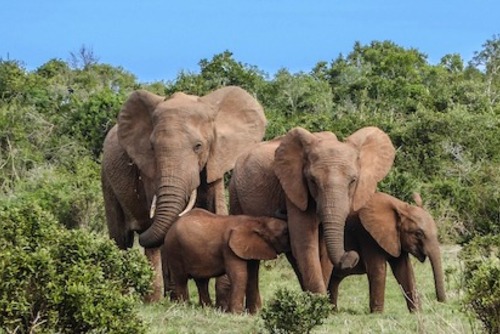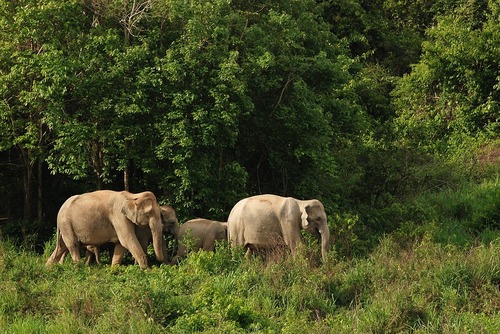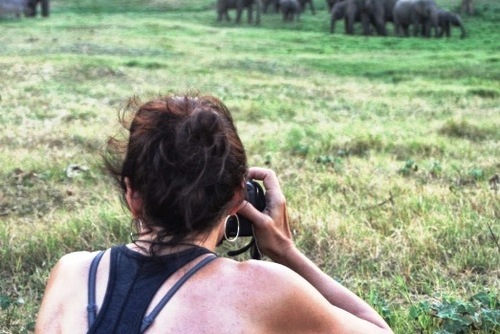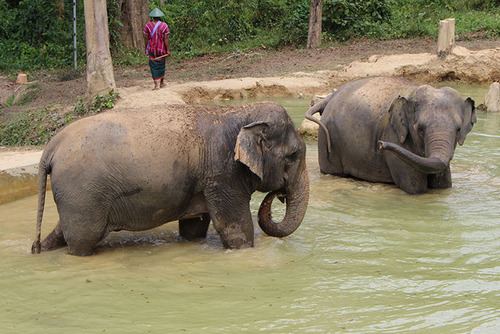We run two fantastic trekking experiences: A 2 day/ 1 night experience and a 1 night express trek
Treks depart from Ban Lung in the Ratanakiri province of Northeast Cambodia. Our treks run between the 1st November to the 16th June as these are the best times to track the habituated gibbon family that we see on the treks.
Gibbon Spotting Cambodia has created a simply amazing experience for everyone, our youngest trekker has been 9 and our oldest is 68. We really do go that extra mile to make you feel comfortable during your adventure in the jungle. From using the best guides, equipment and serving a fabulous safari style menu at camp.
So if you’re feeling adventurous, love wildlife or are interested in biology and nature conservation and want that once in a lifetime unique experience to see, be part of and help protect an incredible species of gibbon then look no further than including this eco-tourism experience in to your Cambodian holiday.
We are the only official partnership that has direct access to the gibbon sites, which are part of an ongoing conservation project to protect the gibbons and their environment.
Being escorted by specialist guides and researchers you have a much higher chance of seeing the gibbons; to date sightings have now risen to 80%.
Our project is environmentally responsible and has taken many steps to ensure that the welfare of the gibbons is at the centre of everything we do. Such as limiting our groups to between 2-6 visitors per trek, making this an extremely special opportunity indeed.
This rare and endangered species of gibbon was only discovered in 2010 with an estimated 500 groups at the site, this is the largest known population in the world!
The Veun Sai-Pang Conservation Area is teeming with other wildlife so there are also opportunities to see other wildlife on the treks too. The site is also incredibly important biologically, and is home to two other newly discovered species; the ‘Iridescent short-legged lizard’ and ‘Walston’s tube-nosed bat’.
The site is managed by a community-based ecotourism group made up of democratically elected community members. All profits which go to the community are spent by the community on developing the community. Local people are also employed in positions such as trackers, guides and wildlife enforcement, which help maintain the forest and wildlife for their long-term benefit.


